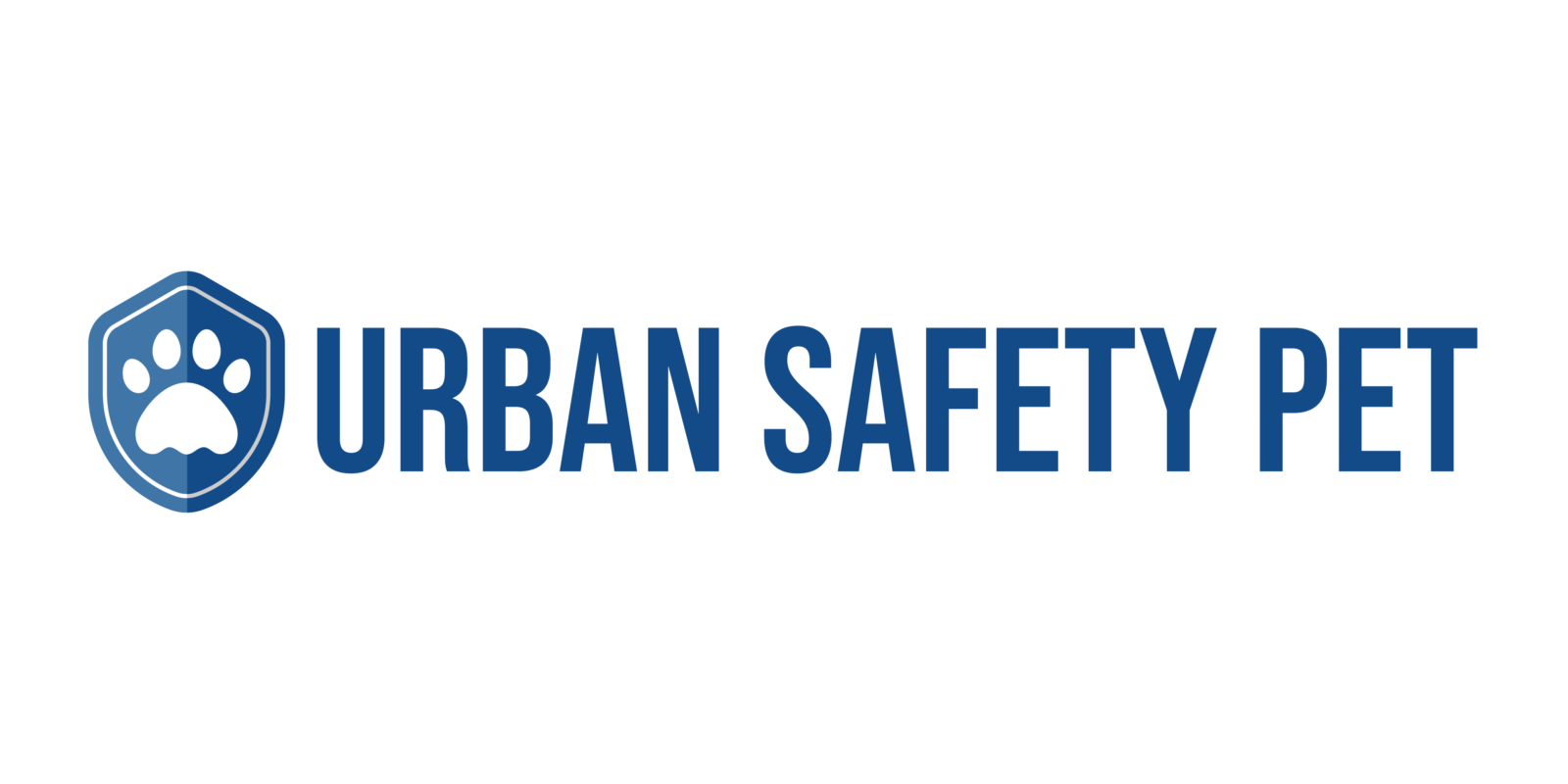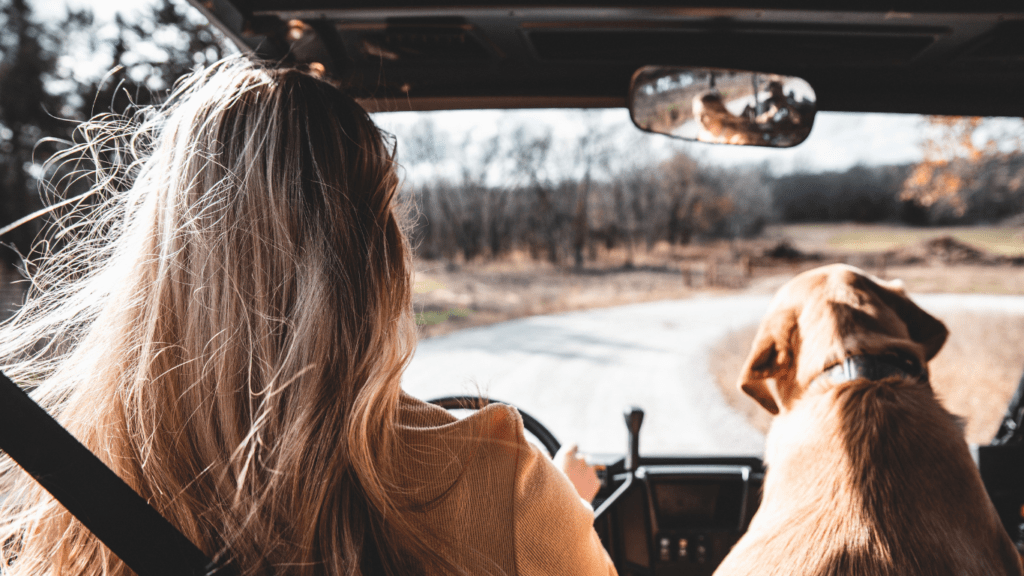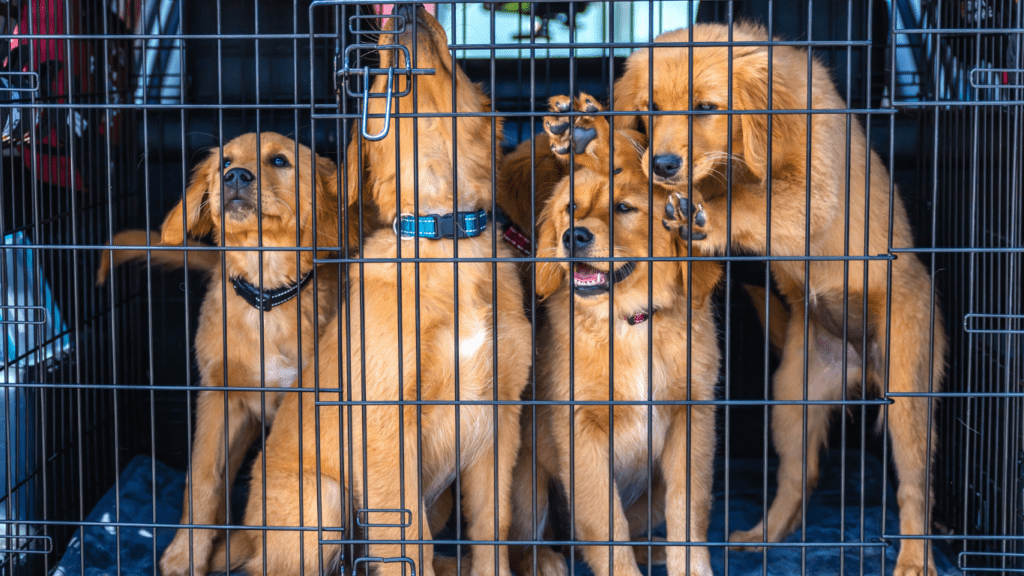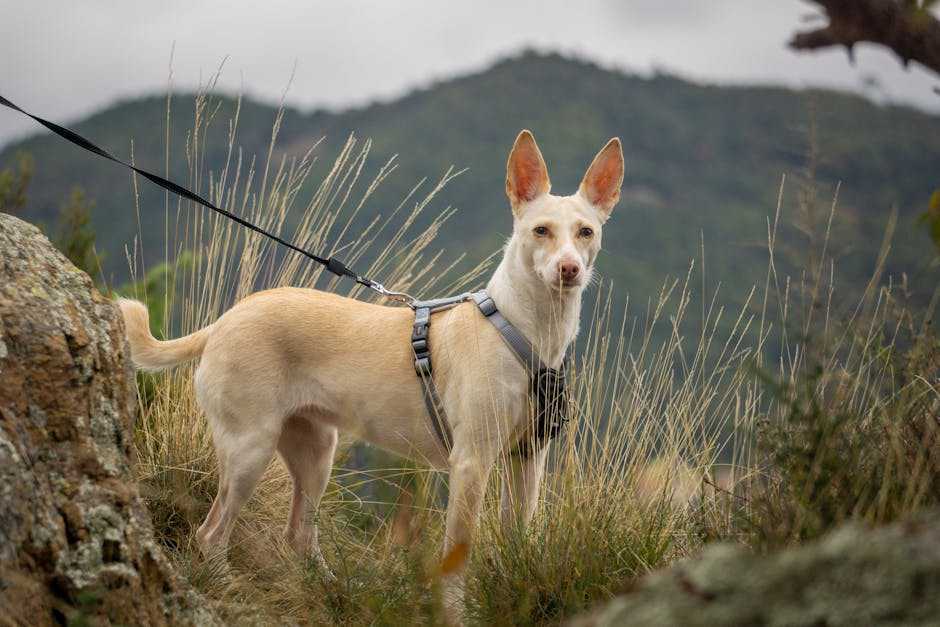Importance of Pet Travel Safety
Pet travel safety ensures a secure journey for animals and a stress-free experience for owners. Pets can experience stress and anxiety during travel, especially if they’re not used to it. It’s crucial to prioritize their well-being to prevent any harm or discomfort. The use of proper restraints and carriers reduces the risk of injury during sudden stops or accidents.
Accidents involving unrestrained pets can lead to severe injuries. According to the American Automobile Association (AAA), unrestrained pets can cause over 30,000 accidents annually. Securing pets with seat belts, harnesses, or crates can significantly decrease these numbers.
Pets that travel without proper safety measures might escape if a car door opens unexpectedly. A study by the Center for Pet Safety found that nearly 80% of pet owners hadn’t adequately secured their pets during road trips. This oversight can result in lost pets or dangerous situations on busy roads.
Implementing pet travel safety practices not only protects pets but also ensures compliance with travel regulations. Many airlines and transportation companies have strict rules regarding pet travel. Ignoring these regulations can lead to denied boarding or hefty fines.
By prioritizing pet travel safety, owners contribute to the overall welfare of their animals and avoid potential legal complications.
Pre-Travel Preparations
Ensuring your pets are well-prepared before the journey is crucial for their safety and comfort. Follow these steps to make pet travel as smooth as possible.
Health Check and Vaccinations
Scheduling a vet visit ensures your pets are fit for travel. Check for any existing health issues that might need attention. Ensure your pets’ vaccinations are up-to-date, as airlines and destinations may require proof. Airlines often need a health certificate issued within 10 days of travel.
Proper Identification
Attaching proper identification to your pets helps in case they get lost. Use collars with ID tags that include your contact information. Microchipping provides an extra layer of security. Register the microchip with current information to make tracking easier if your pets go missing.
Travel Crate Training
Training your pets to be comfortable in a travel crate reduces anxiety. Start by introducing the crate gradually; let them explore it at their own pace. Place familiar items like toys or blankets inside. Practice with short trips to help pets get used to spending time in the crate. Ensure the crate complies with airline specifications for size and ventilation.
During the Journey
Ensuring your pet’s safety during the journey is crucial. Observing some essential guidelines can help ensure a smooth travel experience.
Car Travel Safety
Use a pet seat belt, carrier, or car-specific harness. These safety devices prevent injuries during sudden stops or accidents. Avoid letting pets roam freely in the car. It can lead to distractions or even escape when doors open. Never leave pets alone in a parked car. Temperatures can rise or fall quickly, putting your pet at risk of heatstroke or hypothermia.
Air Travel Guidelines
Confirm airline policies regarding pet travel. Not all airlines have the same rules or space for pets. Ensure the carrier meets airline specifications. Dimensions and ventilation requirements differ among airlines.
Book a direct flight if possible. This reduces the risk of your pet being handled excessively or lost during transfers. Attach a travel label to the carrier. Include your contact details, destination address, and pet’s information for easy identification in case of mishandling.
Public Transport Considerations
- Check transit rules about pets. Not all public transport systems allow pets, and policies vary widely.
- Use a carrier or leash. This ensures your pet’s safety and comfort around other passengers.
- Avoid traveling during peak hours.
- Crowded environments can stress your pet and make travel more difficult for you and others.
- Plan your route and stops. Knowing the journey details helps anticipate any potential issues like restricted pet areas or long durations without breaks.
Common Mistakes to Avoid

Pet travel safety can’t be overlooked. However, some common mistakes can jeopardize this safety.
Overlooking Health Issues
Health issues may not always be apparent. Consulting a vet before a trip can prevent serious complications. A pet might have conditions aggravated by travel stress or climate changes. Missing routine vaccinations can make pets susceptible to infections. If these health checks are skipped, pets may not just suffer during the trip but face severe health risks.
Inadequate Hydration
Hydration is vital during travel. Pets are prone to dehydration, especially in warm weather or long trips. Simply providing water before the trip isn’t enough. Pets need regular access to fresh water. Signs of dehydration include dry gums and lethargy. Without enough water, pets may become ill or distressed, making the journey uncomfortable for everyone.
Leaving Pets Unattended
- Leaving pets unattended can be dangerous.
- Pets left alone in vehicles are at risk of overheating or freezing, depending on the weather.
- Even a few minutes can be harmful.
- Many accidents happen when pets are left unsupervised.
- If pets need to be left alone for brief periods, ensuring proper ventilation and safety measures is a must.
Additional Tips for Stress-Free Travel
Ensuring a stress-free travel experience for pets involves taking extra measures beyond basic safety. These tips focus on keeping pets comfortable and reducing anxiety.
Comfort and Familiarity
Comfort relies on familiarity. Bring your pet’s favorite bedding, toys, and items that carry a familiar scent. They provide a sense of security and reduce travel anxiety. Use your pet’s regular carrier to further enhance comfort and avoid introducing new, unfamiliar equipment during travel.
Regular Breaks and Exercise
Regular breaks maintain your pet’s comfort and health. Stop every 2-3 hours during long drives to allow your pet to stretch, relieve itself, and get some exercise. These breaks also offer opportunities to check on your pet’s well-being and ensure they remain hydrated and calm.
By following these tips, travel with your pet becomes smoother and more enjoyable for both of you.




